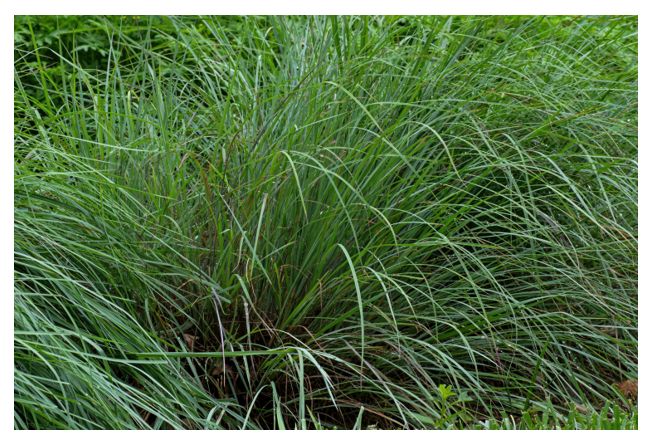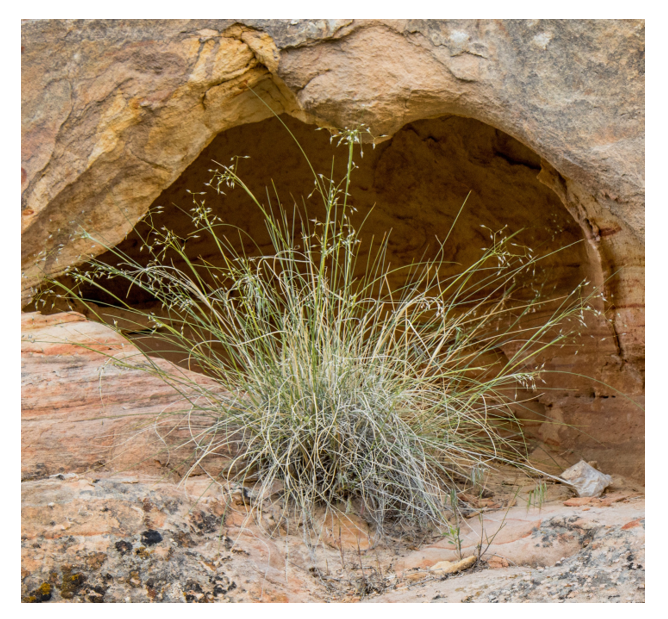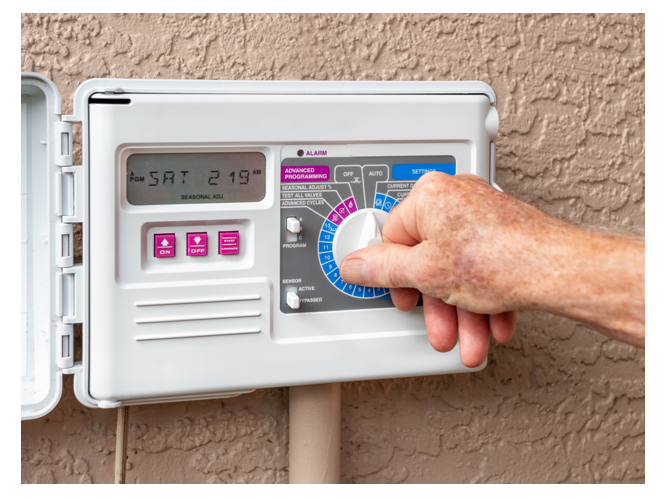Did you know that July is Smart Irrigation Month? Nature’s Seed is working to find new ways to educate our community and get more people on board with cutting back on water usage, using more drought-tolerant varieties and native species, and incorporating planting aids that assist with soil moisture retention.
There are countless ways you can switch over to a water-wise garden or landscape. Your goals may include:
-
Implementing a waterwise lawn.
-
Employing planting aids to help with soil moisture preservation.
-
Utilizing more native varieties of grasses and wildflowers that need minimal water for survival.
-
Using cover crops for soil moisture retention.
-
Conserving water when watering your lawn.
-
Lowering your monthly water bill.
Whatever your ultimate goal may be, we’ve got your back!
Waterwise Lawn
Waterwise lawns, also referred to as water-efficient or drought-tolerant lawns, are designed to minimize water usage while maintaining an attractive appearance. Waterwise lawns are designed to thrive with less water, making them more sustainable and environmentally friendly, particularly in regions prone to water scarcity, drought conditions, and strict water regulations.
Our TWCA Water-Wise Bluegrass Blend is certified by the Turfgrass Water Conservation Alliance and contains 100% Kentucky bluegrass that requires 40% less water than other bluegrass varieties. This blend includes 5-6 varieties of Kentucky bluegrass that were chosen based on their uniformity in growth rate, soft texture, and rich color, as well as for their luscious density and superior traffic tolerance.
Implement this blend when overseeding a preexisting lawn, patching a damaged lawn, or starting a new lawn from scratch. This blend pairs best with other bluegrass varieties and perennial ryegrass lawns.
Planting Aids
Planting aids offer great additives to your soil for water retention. Planting aids can help protect your seeds and soil from diseases, pests, and harsh environmental conditions, increasing the chances of successful germination. Planting aids are particularly important in arid or dry climates, where water scarcity can pose a challenge for establishing new lawns or maintaining your existing lawn.
Our Seed Aid – Cover Grow, Water Retaining Seed Starting Mulch uses technologically advanced pellets made from recycled wood and cellulose fibers. Once applied to your soil and activated with water, the water-retaining pellets quickly expand and disperse to provide outstanding soil coverage. Whether you’re spot-treating your lawn or hydroseeding larger areas, Cover Grow is simply a convenient way to establish healthy lawn coverage.
Additionally, Cover Grow provides:
-
Improved turf establishment
-
Enhanced ground coverage for dry and hydroseeding applications
-
Faster loading and smooth shooting for hydroseeding applications
-
25% great water holding capacity
-
25% great swell volume
-
25% faster water absorption
-
Reliable soil bonding to prevent moving during rain or irrigation with included tackifier
The talk around town is that our Rice Hulls are a great additive for improving drainage, water capacity, and aeration in the soil. Rice hulls are one of the most sustainable soil amendments available. Unlike perlite and other rock products, rice hulls do not require mining; and unlike peat moss, rice hulls do not require land disruption to produce it. Like coco coir, rice hulls are a byproduct of nature and agriculture, that would otherwise be considered as waste. Rice hulls are the removed husks from the rice grain after harvest. They are non-toxic and biodegradable, feeding your soil as they break down. They may need to be reapplied as they last a typical gardening season before decomposing into your soil.
Aside from moisture retention, rice hulls can be used as an alternative to sand when spreading seed, as insulation or bedding for poultry, and make an excellent substrate for hydroponic systems.
Additionally, rice hulls provide the following:
-
Provide a neutral pH, unlike peat moss and coco coir – which are both acidic.
-
Ensure uniform coverage when seeding a mixture of various sizes.
-
Absorb liquid and provide an anti-skid surface.
-
Prevent bridging of fluffy seeds in a seed drill.
-
Slow the rate of seed being applied by a seed drill.
Native Grasses
Native grasses are often great waterwise plants because they have adapted to local environmental conditions and soil, requiring far less water than non-native varieties. They often have deep root systems that can access water deep within the soil – meaning you can water less knowing your native plants will find water. On average, native plants require up to 80% less water than non-native plants, due to their efficient root systems.

Our Little Bluestem grass is a native warm-season perennial bunchgrass that produces forage for wildlife, such as songbirds and upland game birds. It prefers well-drained fertile soils and is extremely drought tolerant. Little bluestem does not tolerate waterlogged soils. It’s used as a cover crop or green manure, is wildfire resistant, and is used for erosion control. It does best in full sun or partial shade with a slow germination rate.

Our Indian Ricegrass is a native cool-season perennial grass that forms dense tufts, is extremely drought tolerant, and is excellent for erosion control,
rangeland improvement, land reclamation, and as a component of native pasture. Indian ricegrass is considered one of the most important native grasses in rangelands throughout the West and is often used as a nutritious forage for wildlife, such as birds and small mammals. It does best in full sun and has a slow germination rate.
Cover Crops
Cover crops can range from legumes and grasses to wildflowers. All with the same end goals:
-
Controlling erosion
-
Suppressing weeds
-
Reducing soil compaction
-
Increasing soil moisture
-
Increasing nutrient content in the soil
-
Improving yield potential
-
Attracting pollinators
-
Providing habitat and forage for beneficial insects and wildlife
Smart Irrigation
Smart irrigation techniques employ technology and data to optimize water usage in irrigation systems. By adopting healthy landscape practices, such as monitoring your grass for signs of stress and watering only when needed, you can keep your water usage down and conserve this valuable resource.

Keep in mind that when you walk on your grass, it should bounce back. If a footprint is still present after several minutes, it may be time to water your lawn. Consider using WaterSense-labeled irrigation controllers that use local weather data to estimate landscape conditions and determine if watering is needed. A WaterSense-labeled irrigation controller can save 15,000 gallons of water annually, saving you a bit of money on your monthly water bill and contributing to the conservation of water as a precious resource.
Reach out to us via email at [email protected] or via text/WhatsApp at +1 562-472-0686 for any tips on how you can conserve water with lawn and wildflower seeds, as well as planting aids!










